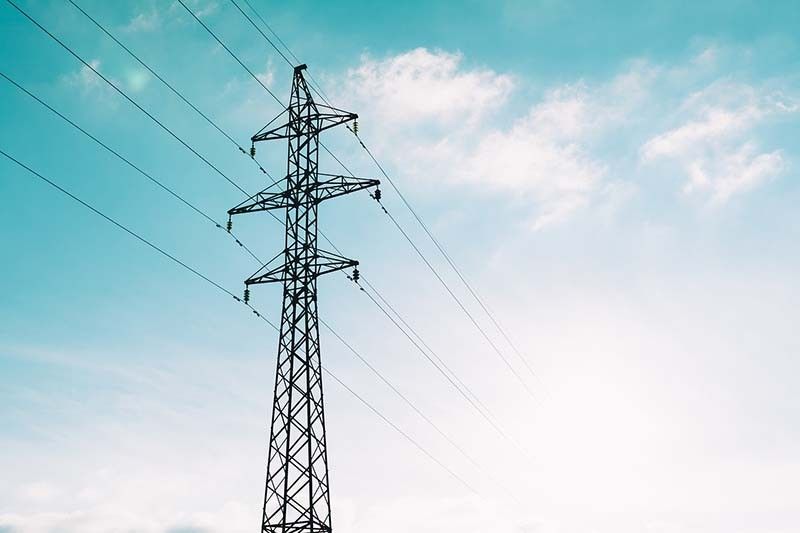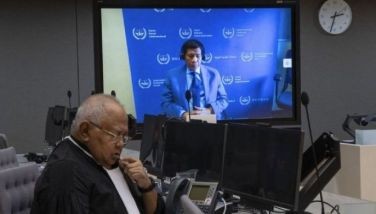Commentary: Filipino consumers face an uphill battle with inflation

The Philippines’ inflation rate has been the highest in Southeast Asia since January this year, compared to Vietnam, Indonesia, Thailand, Malaysia and Singapore.
Consumer prices continue to inch up as inflation consistently continues to climb up. Based on the latest available data from the Philippine Statistics Authority, headline inflation rate accelerated to 6.4 percent in August 2018. From the 3.8 percent rate in January, that translates to an average of 4.8 percent. This exceeds forecasts of the Bangko Sentral ng Pilipinas pegged at 5.9 percent and the Department of Finance at 5.8 percent.
Based on the latest analysis of the Department of Finance, the leading driver of inflation in July was electricity, gas and other fuels. For consumers in Metro Manila and neighboring areas, the higher price of electricity represents a combination of higher feed-in-tariff allowance rate and the upward adjustment in the generation charge due to the depreciation of the peso. Prices of household fuels also increased.
For the month of August, BSP Governor Nestor Espenilla Jr. attributed the increase of consumer price inflation to the unfortunate confluence of cost-push factors in connection with the food supply shocks, especially in the upsurge of rice prices. Further, elevated oil prices and the drop in the value of the Philippine peso drove transport and power prices higher. Food and non-alcoholic beverage costs rose 8.5 percent from a year earlier, while transport costs increased 7.8 percent.
As electricity, gas and fuels remain to be the major contributors to this uptrend, the Philippine power sector lies at a critical juncture as the challenge to ensure affordable, reliable and accessible power lies at the heart of balancing price fluctuations, in view of the increasing inflation rates and meeting the economy’s growing demand.
Balancing supply, demand in the power sector
Based on the Department of Energy’s latest list of committed power projects in Luzon, additional installed capacity in Luzon grew by 4.3 percent from 15,745 megawatts (MW) in 2017 to 16,426 MW in the first half of 2018. However, this growth was still lower compared to the 8.2 percent increase in demand from 10,054 MW in 2017 to 10,876 MW in the first half of 2018.
As a result, there have been seven instances of yellow alerts in Luzon in the first half of 2018 compared to only three during the same period last year, based on the group CitizenWatch Philippines’ advocacy called Power Plant Watch, which monitors the performance of power plants and its scheduled shutdowns.
The first yellow alert happened on February 26, which was a cause for concern for all electricity consumers considering that the tight supply situation occurred before the summer months of March to May when the usual demand for electricity spikes at increasing rates.
A “yellow alert” is declared when the total of all available reserves is less than the capacity of the largest plant online, which for the Luzon grid is 647 MW.
Rising electricity prices as a source of frustration
Based on the recent Ulat ng Bayan Survey of Pulse Asia, a majority of Filipino adults, at 60 percent of the respondents, are dissatisfied with the price of their electricity. Dissatisfaction is highest in the National Capital Region at 84 percent, even if the survey was conducted on June 15 to 21, a week after the Manila Electric Co. announced lower rates for that month.
While the electricity rates of Meralco still rank the fourth highest in Asia due to the lack of government subsidies, the latest study of the International Energy Consultants, an Australia-based consulting firm specializing in Asian power markets, shows that current Meralco residential rates have in fact decreased by 18 percent while the overall consumer price index climbed up by 19 percent since 2012. Meralco’s tariff reductions were due to competitively-priced power supply agreements in their generation portfolio since 2013.
While the decrease in power rates is encouraging, the rising inflation and the concomitant price hike of consumer goods, however, is putting heavy pressure, especially on the poor.
Slight sigh of relief for September
Despite the price increases in basic commodities, power rates in September are seen to be stable if there is an improvement in the Luzon grid’s supply situation. This, in effect, translates to lower Wholesale Electricity Spot Market prices which can offset the impact of the depreciation of the Philippine peso.
Spark needed for affordable, reliable power
To lower the cost of electricity, regulatory issues and the delay in energy projects in the pipeline must be immediately resolved. Investments in the power sector, especially in generation, must be encouraged and market competition must likewise be promoted.
Creating a more stable environment and increased confidence for generation investment requires the assurance of reliable supply of electricity.
As such, ineffective bureaucratic policies that drive away investors can be resolved by fast-tracking and streamlining the permit process.
Pertinent legislative measures are Senate Bill 1439, or the Energy Virtual One Stop Shop Act of 2017, which aims to remove red tape in the permitting process of new power generation projects, and Senate Bill No. 1950, or the “Murang Kuryente Act,” which seeks to allocate billions of the Malampaya Fund to pay off the stranded contract costs and stranded debt of the National Power Corporation that are passed on to Filipino consumers and reflected as universal charge in their monthly electricity bill.
Furthermore, to address the lack of a quorum in the Energy Regulatory Commission (ERC), another commissioner must be appointed to replace the vacancy of retired ERC commissioner Alfredo Non.
As of this writing, only ERC Chairperson Agnes Devanadera and recently appointed Commissioner Atty. Alexis Lumbatan are in office in view of the suspension of other incumbent ERC commissioners Josefina Patricia Magpale-Asirit and Geronimo Sta. Ana. As such, the regulatory agency is still paralyzed to adopt any ruling, order, resolution, decision or other acts in the exercise of its quasi-judicial and quasi-legislative functions.
Ensuring reliable and affordable energy is the spark that the Philippines needs to power through economic development. This can be achieved by developing long-term policies which streamline the bureaucratic permit process, increase investments in power generation to meet rapid demand growth, resolve regulatory delays towards a transparent and competitive electricity market.
Atty. Hannah Viola is an energy and infrastructure fellow at Stratbase ADR Institute and convenor of CitizenWatch Philippines.
- Latest






























